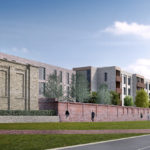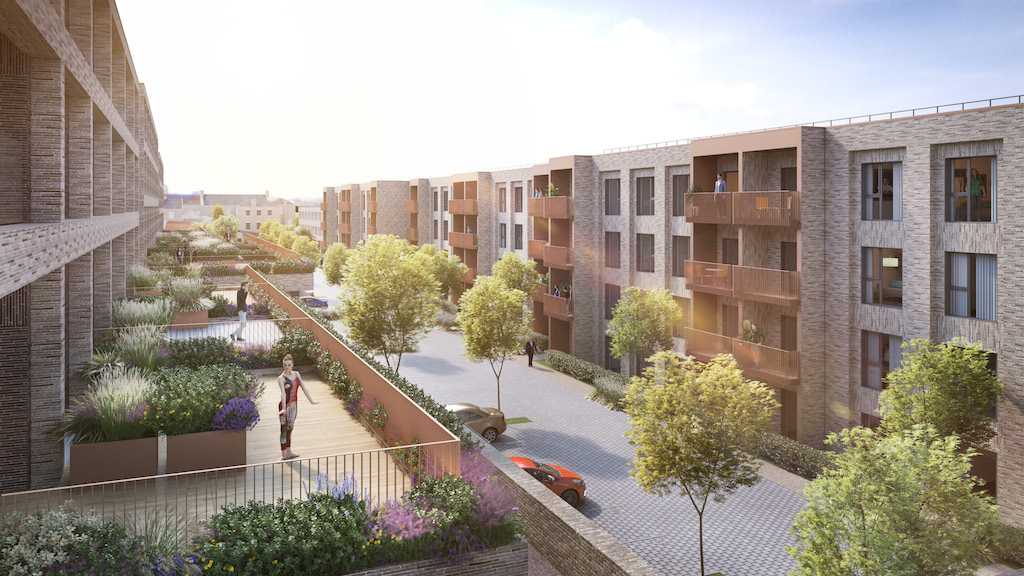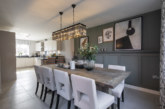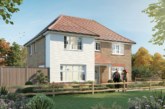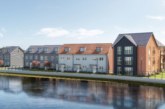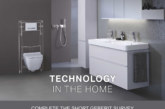Tech-enabled housebuilder TopHat has submitted a planning application to deliver the company’s first factory-built apartments at its flagship Kitchener Barracks site in Chatham, Kent.
The planning application, submitted to Medway Council this week, includes proposals for the construction of three four-storey factory-built blocks of apartments, which will comprise 96 one and two-bedroom homes. 32 of the new apartments will be affordable.
All of the 96 apartments will be precision-engineered along production lines at TopHat’s factory in South Derbyshire.
TopHat is delivering a total of 302 homes at the 4.8-acre Kitchener Barracks site. The new homes are being delivered across three phases, with over 100 already delivered by the modular housing company.
The new apartments will be the first TopHat has ever delivered and signals the company’s move to delivering alternative residential assets for investors, such as build-to-rent and co-living schemes. The company is backed by a £75 million investment from Goldman Sachs, a US investment bank that has been building its build-to-rent portfolio over the last few years.
By manufacturing their apartments offsite, TopHat is able to cut delivery times by half compared to traditional methods, making the company’s approach more appealing to developers of all types, but particularly in the build-to-rent and co-living markets.
This is because certainty of delivery and short construction programmes are vital for institutional investors, such as pension funds, that invest in long-term income-producing assets like build-to-rent, as it means revenue streams can be accessed faster. The same is also true for housing associations, which operate on a more restricted budget, therefore allowing them to reinvest income into new affordable housing.
The application submitted by TopHat includes plans to deliver a further 183 homes at Kitchener Barracks, as part of the scheme’s third phase, including a proposal to repurpose an early 20th-century barracks to deliver 68 apartments and 19 two and four-bedroom houses.
Dating from 1757 and named after Earl Kitchener in 1928, the Kitchen Barracks site is an important local landmark, most recently used as accommodation for the Royal School of Military Engineering. This heritage has been referenced throughout the design of the new neighbourhood, with updated and refurbished buildings taking centre stage and mature greenery being given a new lease of life.
All private-sale homes at Kitchener Barracks will be sold by TopHat on the open market.
The news of TopHat’s latest planning application at Kitchener Barracks comes just a month after the company announced the appointment of Matthew Evans, a former Airbus vice president, as its new chief technology officer – which will see him lead on the TopHat’s ambition to revolutionise housing delivery across the UK.
TopHat’s technology-led approach to housebuilding is showcased in the homes at Kitchener Barracks. All of the homes have been customised to meet the local aesthetic.
TopHat’s technology-driven design and production process allows data to be collected from heating, electrical, and other home systems. This real-time insight can help occupants control their energy use and make home maintenance quicker and easier by, for example, instantly diagnosing a faulty circuit.
Krishan Pattni, chief design officer and founding director at TopHat, says: “By diversifying our product range, we are now able to deliver a higher volume of homes to a wider range of partners. Our company continues to grow, and I’m pleased that the quality of our homes is being recognised by significant partnerships with industry leaders such as BoKlok.
“For investors investing in long-term income-producing assets like affordable housing, build-to-rent and co-living, it is crucial to have certainty that a project will be delivered on time so revenue streams can be accessed as early as possible and that the homes are cost and maintenance efficient throughout their use. Demographic trends and spurring on the growth of alternative residential asset classes we, as a company, want to make sure we have products capable of catering to this increasing investor appetite.”

